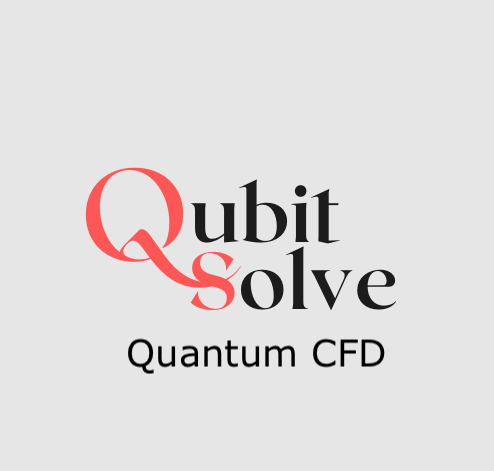
PRESS RELEASE — Australia’s leading research supercomputing facility Pawsey Supercomputing Research Centre has today announced the installation of the world’s first room-temperature diamond-based quantum computer located on-site in a supercomputing facility.
Developed by German-Australian start-up Quantum Brilliance, the rack-mounted diamond quantum “accelerator” leverages synthetic diamonds to run at room temperature in any environment.
The installation represents the first integration of quantum computing systems in a supercomputing centre, and will be used to demonstrate and test hybrid models of quantum and classical computing, by pairing the quantum accelerator with Setonix, Pawsey’s new state-of-the-art HPE Cray Ex supercomputer.
“The installation of Quantum Brilliance’s quantum accelerator is a critical step and prime example of aligning with Australia’s goals to accelerate quantum research and achieve real-world value,” Pawsey’s Executive Director Mark Stickells said. “Completing the installation of the quantum system was a priority once Covid-related border closures were lifted. “The partnership between Pawsey and Quantum Brilliance will play a pivotal role in demonstrating how we can deliver classical-quantum compute power scale in a way never before seen in an HPC environment.”

Andrew Horsley, CEO of Quantum Brilliance, said the installation was a significant step for the company, which is looking to make quantum technology smaller, more flexible and able to operate anywhere.
“The field trial demonstrates the significant value of HPC’s role in co-developing emerging quantum technologies to accelerate their breakthroughs in the engineering and production journey,” Horsley said. “Our vision is to take quantum from mainframe to mainstream — running your mobile phone, your car, your work platforms, or anywhere close to the application where it is needed. This collaboration is our first step toward achieving this goal.”
The project will now be used to develop a diagnostics and engineering solution for operating a quantum computer in an HPC environment, with the teams working to collect and improve maintenance data and cycles, demonstrate classical and quantum co-processing, and integrate the system with Setonix.
Pawsey, which supports over 4000 researchers on its infrastructure, will use the opportunity as a way to help researchers run algorithms and become quantum-ready.
Mark Stickells said the integration of the quantum accelerator into the HPC architecture would help researchers learn more about how the two systems can work in tandem.
“This will provide a testbed where real applications can be proved, so our researchers can do more effectively — enabling science and accelerating discovery,” he said. “We look forward to seeing enterprises and researchers utilising HPC as a hub to explore novel classical[1]quantum codes using Setonix and the quantum accelerator as a step towards the hybrid computing future.” The partnership between Pawsey and Quantum Brilliance is demonstrating recommendations from “Growing Australia’s Quantum Technology Industry”, a roadmap from Australia’s national science agency, CSIRO, in action.
To learn more about Pawsey, visit https://pawsey.org.au. To learn more about Quantum Brilliance, https://quantumbrilliance.com.
If you found this article to be informative, you can explore more current quantum news here, exclusives, interviews, and podcasts.


















